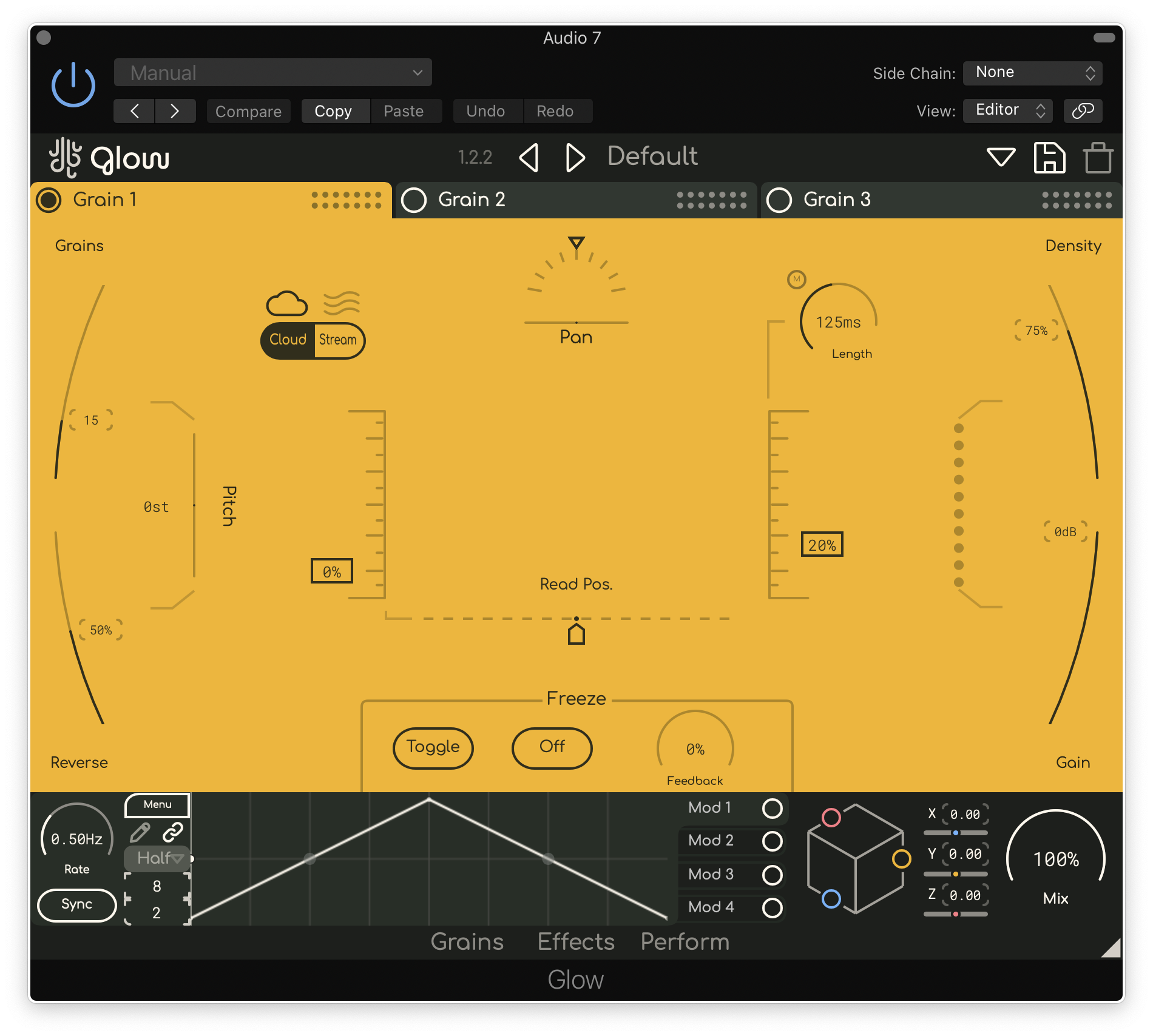Buy Eigen, get a free gift with purchase:
Eigen is a reflection processing multitool.
Created through leveraging Lese’s upcoming Impulse technologies, Eigen is able to perform three distinct functions, split into three different modes: Play, Render, and Analyze.
These three modes are able to perform a selection of different “space-aware” processes; Play does accurate early reflection processing in real-time, Render computes high-quality reverb impulse responses for you to use in convolution reverbs (or in Eigen itself, if you want), and Analyse checks your virtual space to see how sound resonates against it.
Also, if you just want to keep it simple, you can preview how the convolved reverb sounds like directly inside of eigen.
Play
Eigen’s main mode allows for real-time (and accurate) early reflection processing. The depth of your reflections are determined via a knob on the bottom, and you can control the sound source & listener positions with a super cool 3D object positioner. You can even change the angle that you are looking at the controls from.
Render
Create high-quality reverb impulse responses in the background with your dimensions & material settings in Render mode. You can set the reflection depth, toggle realistic material processing, and add accurate late reflections. Once you’re done, you can save the output on your computer to use in external convolution reverbs!
Analyze
Use Analyze mode inside of eigen to perform room mode (room resonance) analysis to see just how your space reacts to the lower end of the frequency spectrum. If you know a real room’s dimensions, you could even use this as a starting point for resonance analysis on a space in the real world.
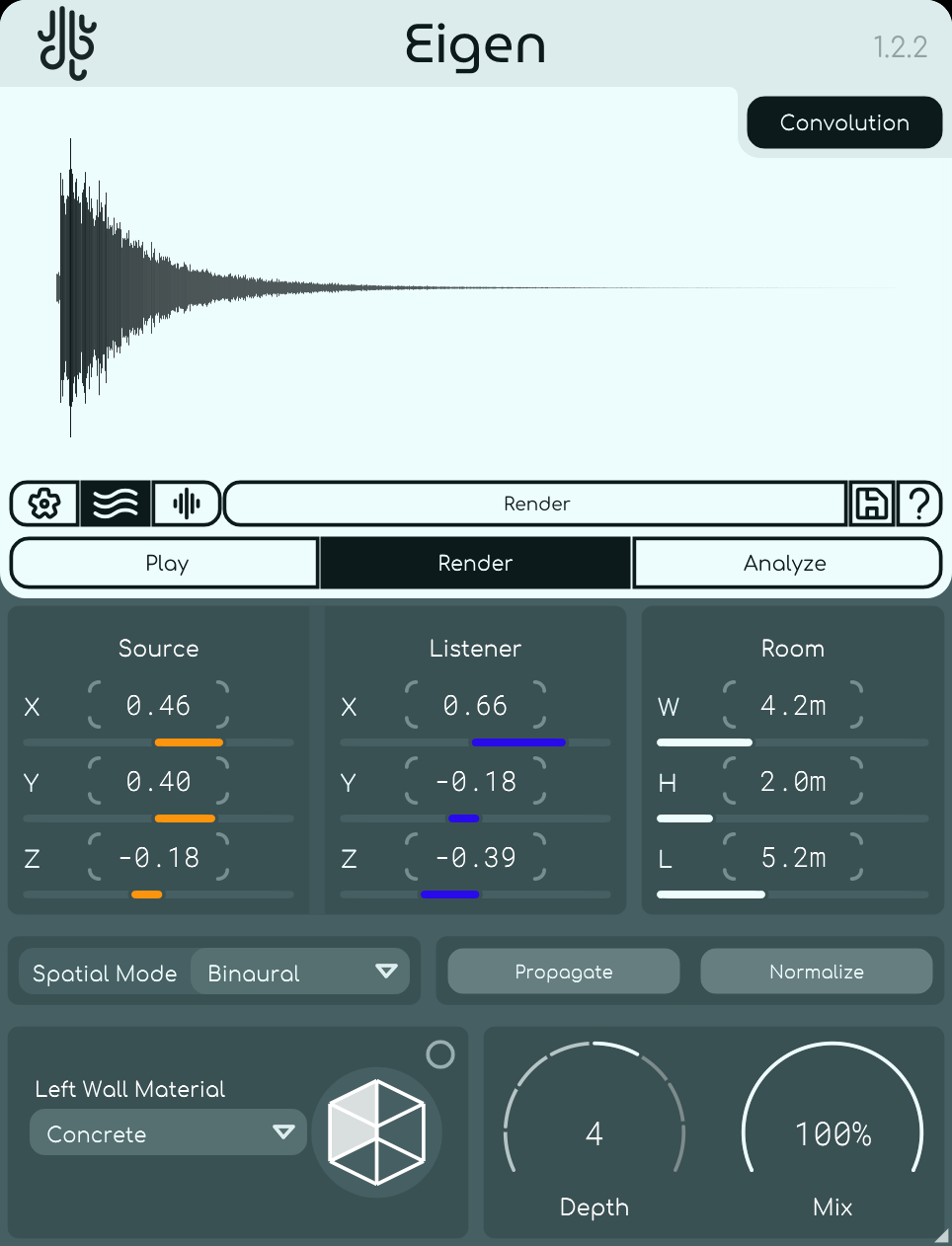
Acoustic Simulation
At the heart of Eigen lies a simplified (for ease of use) version of an in-depth acoustic simulation system they have been designing for quite some time.
One interesting technical note is that the acoustic engine is able to work in a simple way when not taking frequency into account, but can also render much more in-depth sound with it’s “Use High Quality Materials” setting. In this mode, each reflection’s audio is split up into ten frequency bands and processed individually according to the given material’s measured responses in the real world.
While being able to do this all in real-time would be wonderful, even the fastest consumer-grade computers can’t really handle it. So, the tradeoff is that they are rendered in a way that convolution reverbs are able to utilize them (in the form of impulse responses).
Also, if you just want to keep it simple, you can preview how the convolved reverb sounds like directly inside of eigen.
Acoustic Materials
Eigen's Render mode is able to process reverb impulse responses utilizing a wide array of different materials on each room surface. Each of these materials has their own set of realistic, frequency-aware settings, allowing for a greater depth of realism for your offline impulse responses.
Spatial Flexibility
In it's Play mode, eigen is able to operate in either mono, stereo, and ambisonic low / high quality spatial settings. This allows you to use eigen in a variety of different settings. Want high-fidelity spatial audio? Eigen can do that. Looking for a more simplistic effect to be used in the background? Eigen can do that too!
Room Mode Analysis
Analyze mode is a fairly straightforward utility that Eigen features, which allows you to use the current settings in Play mode and see how a space with those parameters would behave in real life (specifically, how the room would resonate against various low-end frequencies).
Features
- Multidimensional object position controller: Drag on one of three axis and switch the active axis with the selector on the right
- Alternatively, control the positions with a more conventional set of dimension sliders
- Early reflections processing; up to 7 reflections deep (with acoustic bouncing simulation)
- Sound propagation toggling option for removing initial delay from both early reflections processing & high-quality render system
- Render early reflections up to 40 bounces deep in the offline impulse response render mode
- Preview your impulse response with the “Convolution” toggle button
- Save your impulse responses for external use
- Vectorized, resizable interface
System Requirements
- Windows: VST3, AAX
- OSX (Intel / ARM): VST3, AU, AAX
- Should run fine on any recent operating system
Please Note: Glow is used as an example
Installation
PC
1. Download the installer from your Plugin Boutique User Account > Double click the .exe file to begin installation.
2. Click 'Next'.
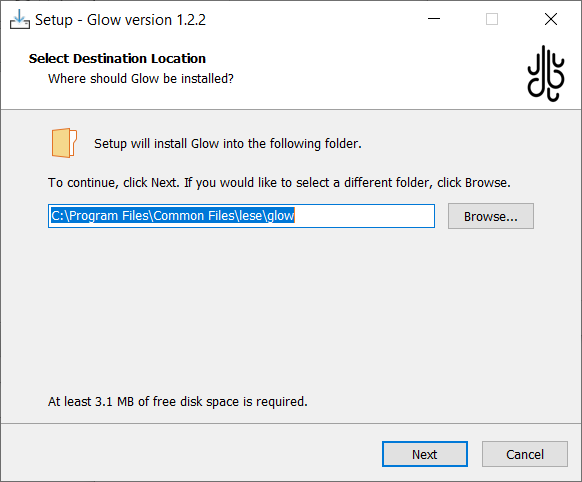
3. Click 'Next'.
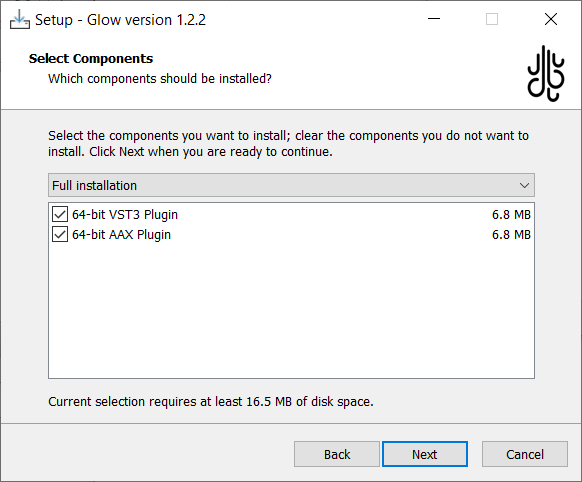
4. Click 'Next'.
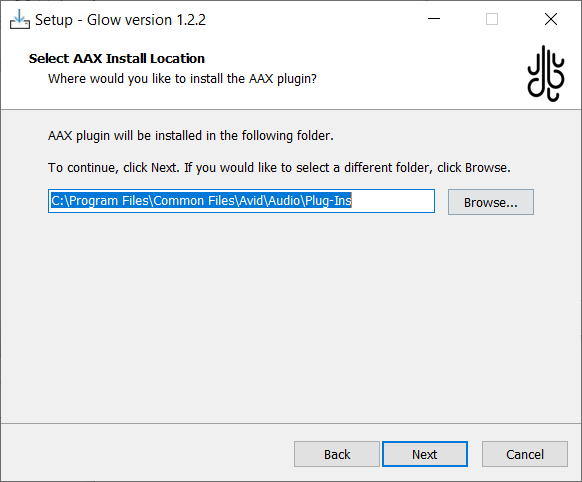
5. Click 'Next'.
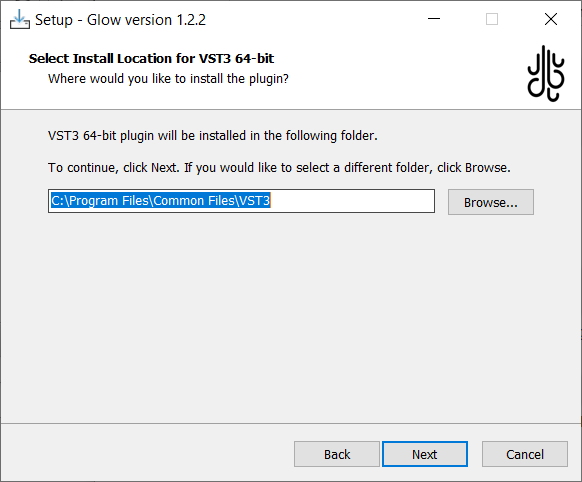
6. Click 'Install'.
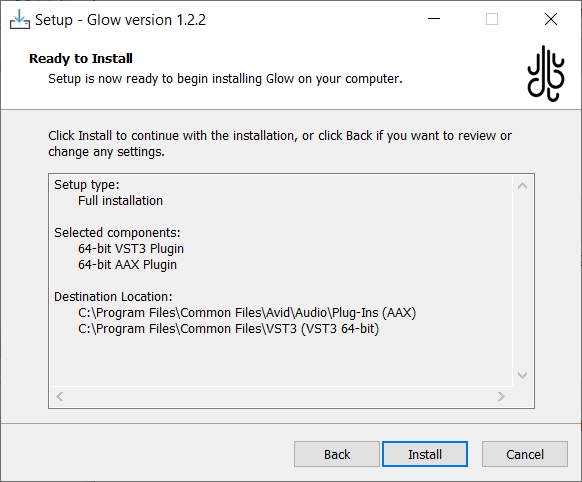
7. Click 'Finish'.
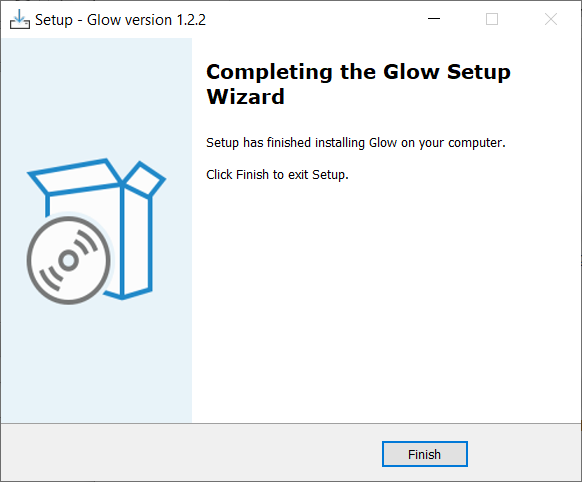
8. Open your DAW, locate Glow, and open it.
9. Enter the serial number found in your Plugin Boutique User Account > Click 'Unlock'.
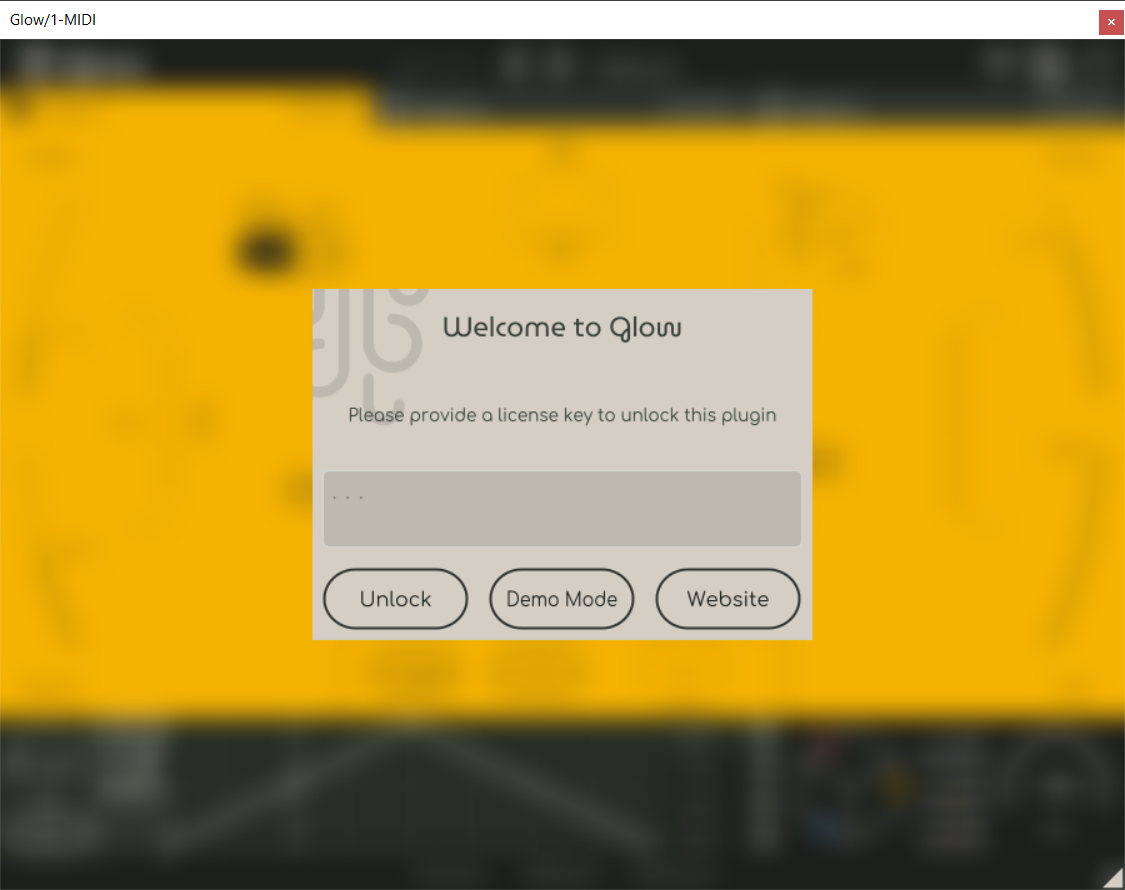
10. Click 'Okay'.
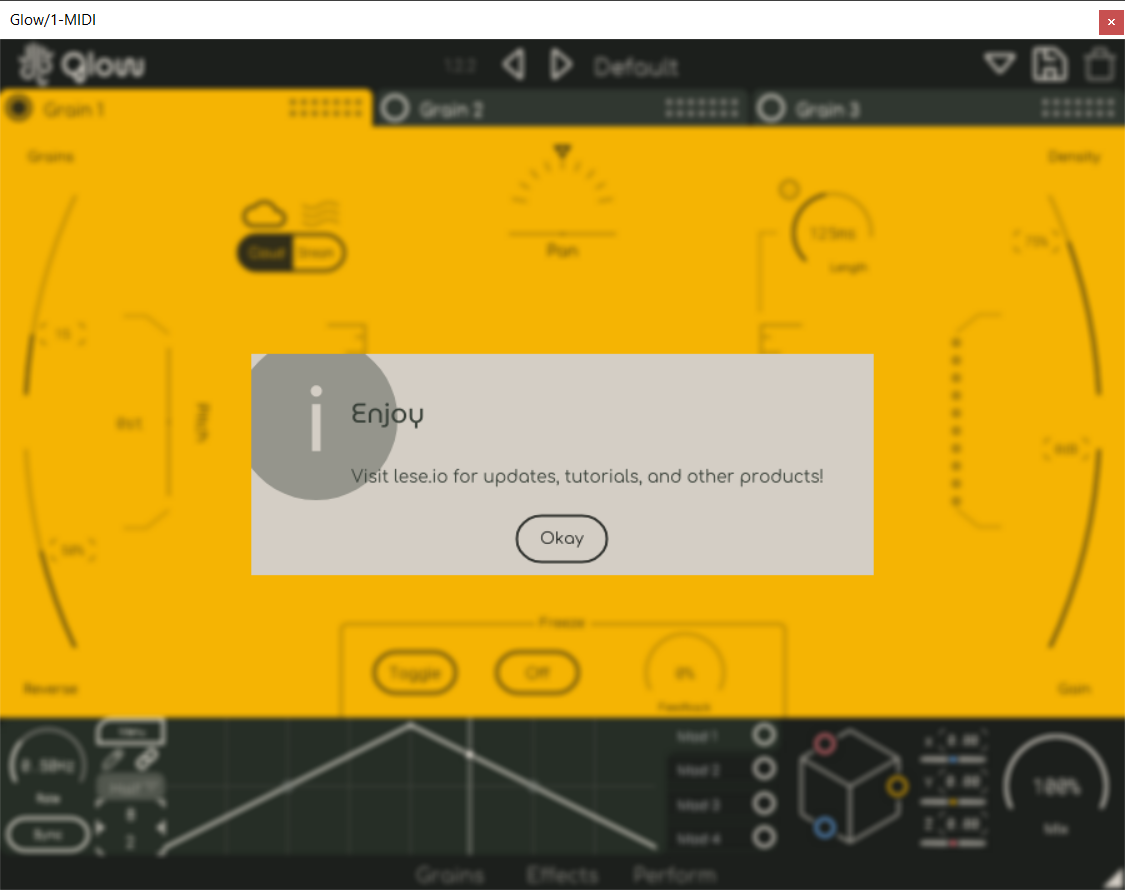
Your software is now activated and ready to be used within your DAW!
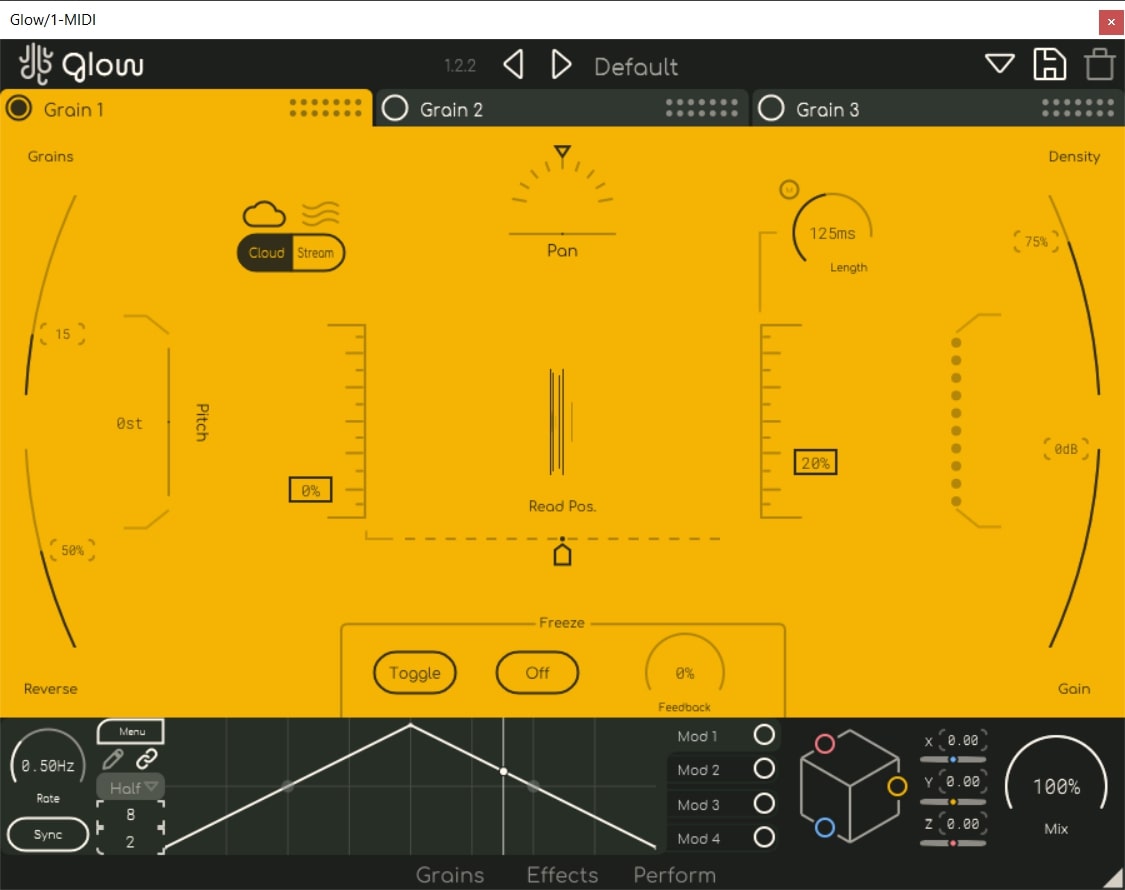
Mac
1. Download the installer from your Plugin Boutique User Account > Double click the .pkg file to begin installation.
2. Click 'Continue'.
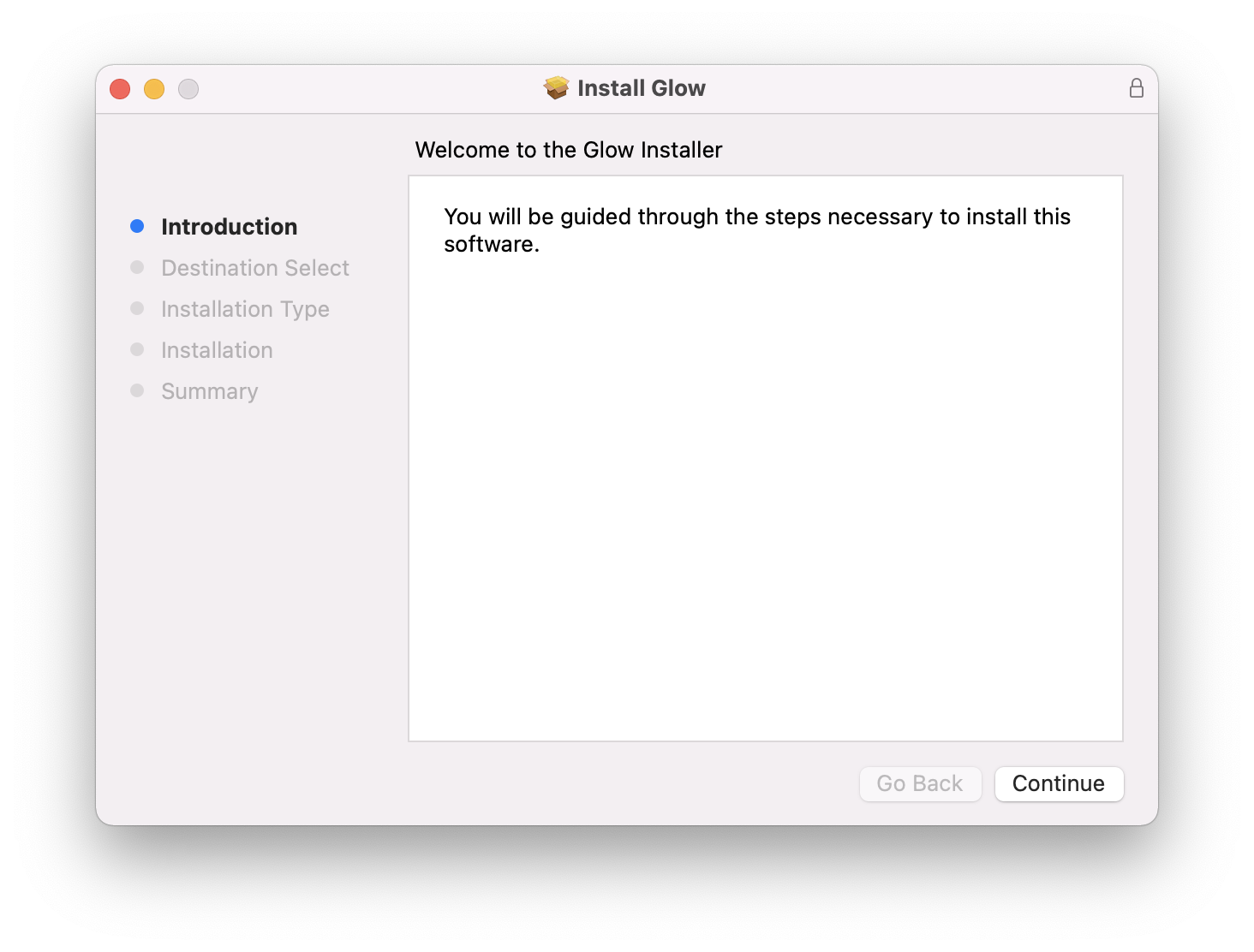
3. Click 'Install'.
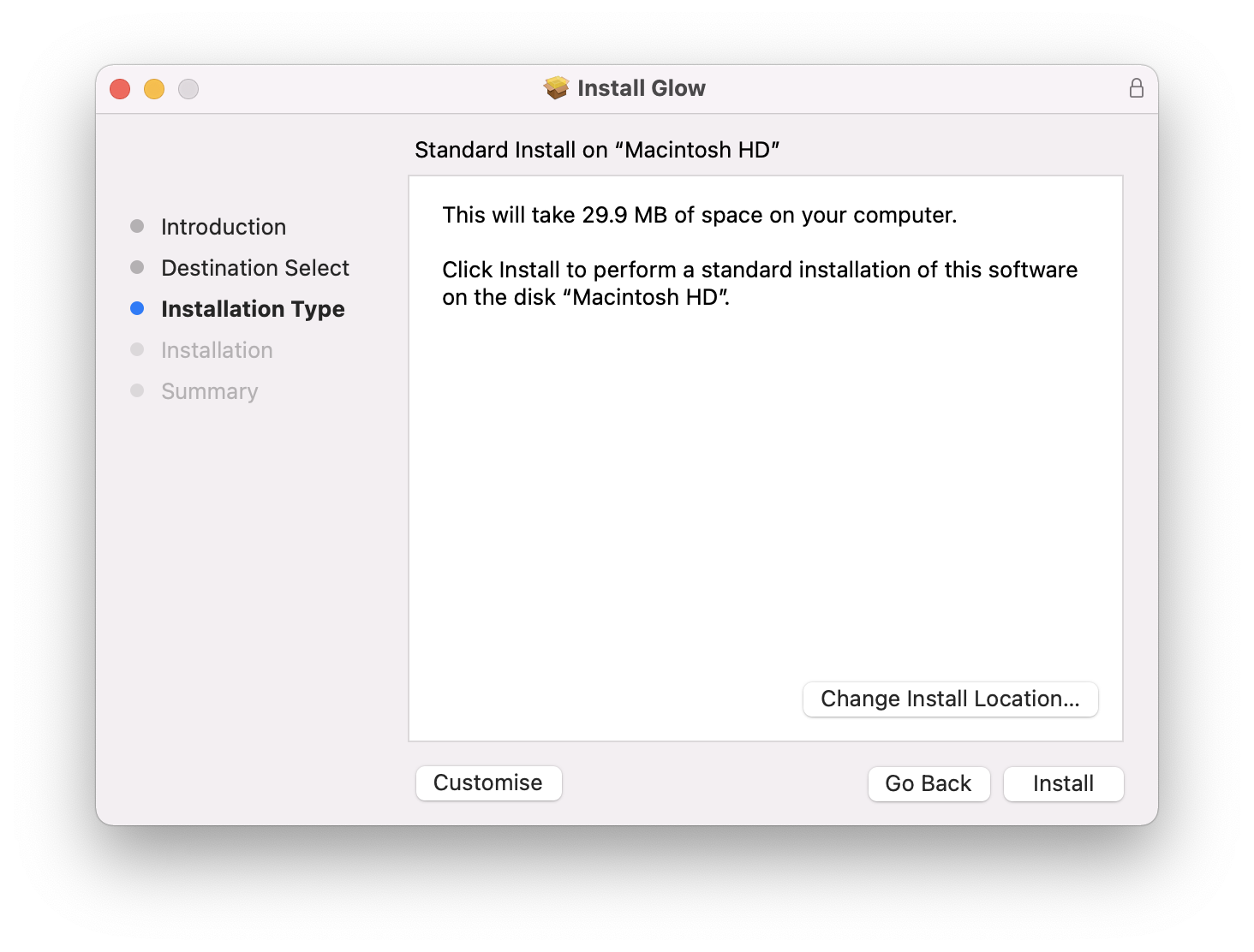
4. Click 'Close'.
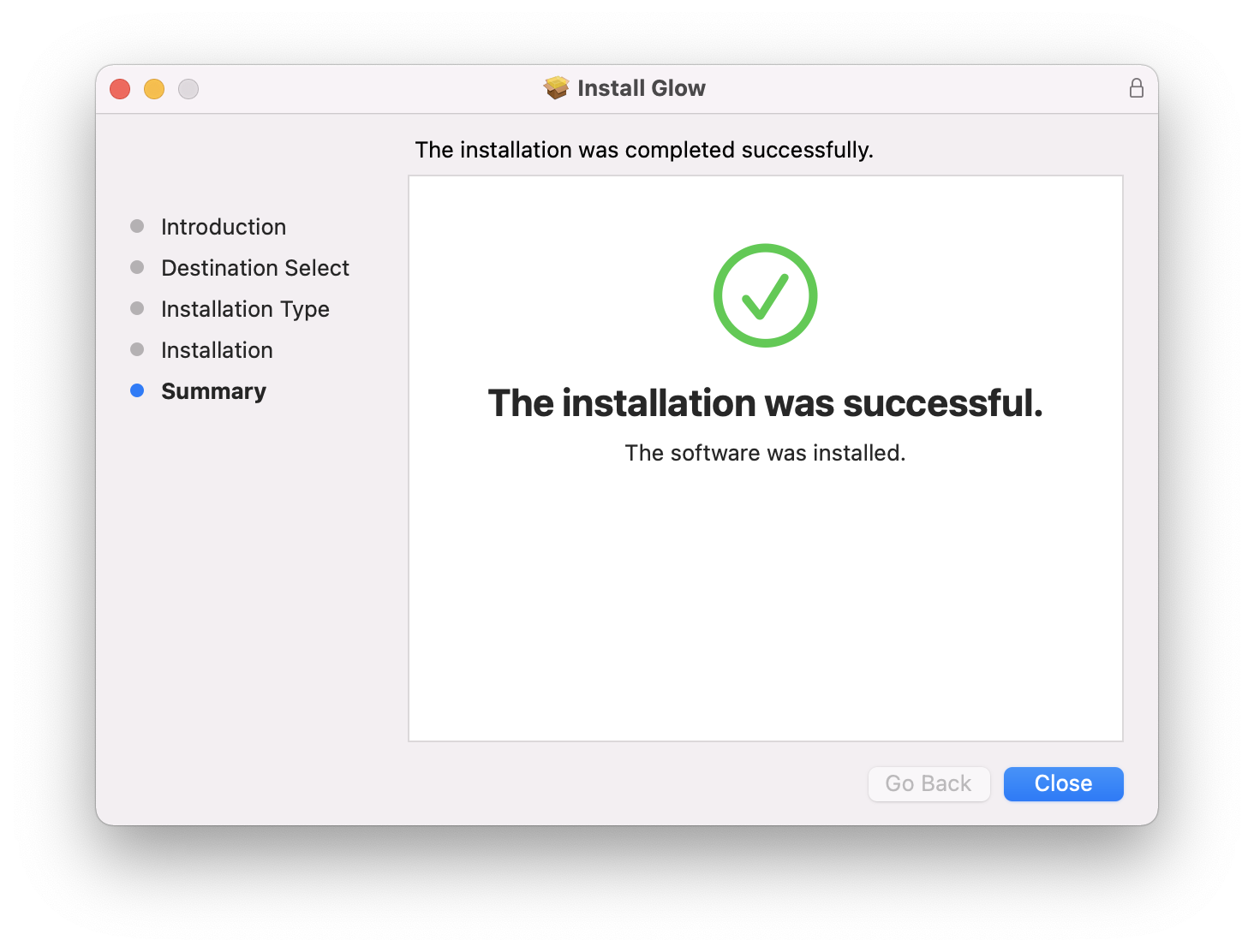
5. Open your DAW, locate Glow, and open it.
6. Enter the serial number found in your Plugin Boutique User Account > Click 'Unlock'.
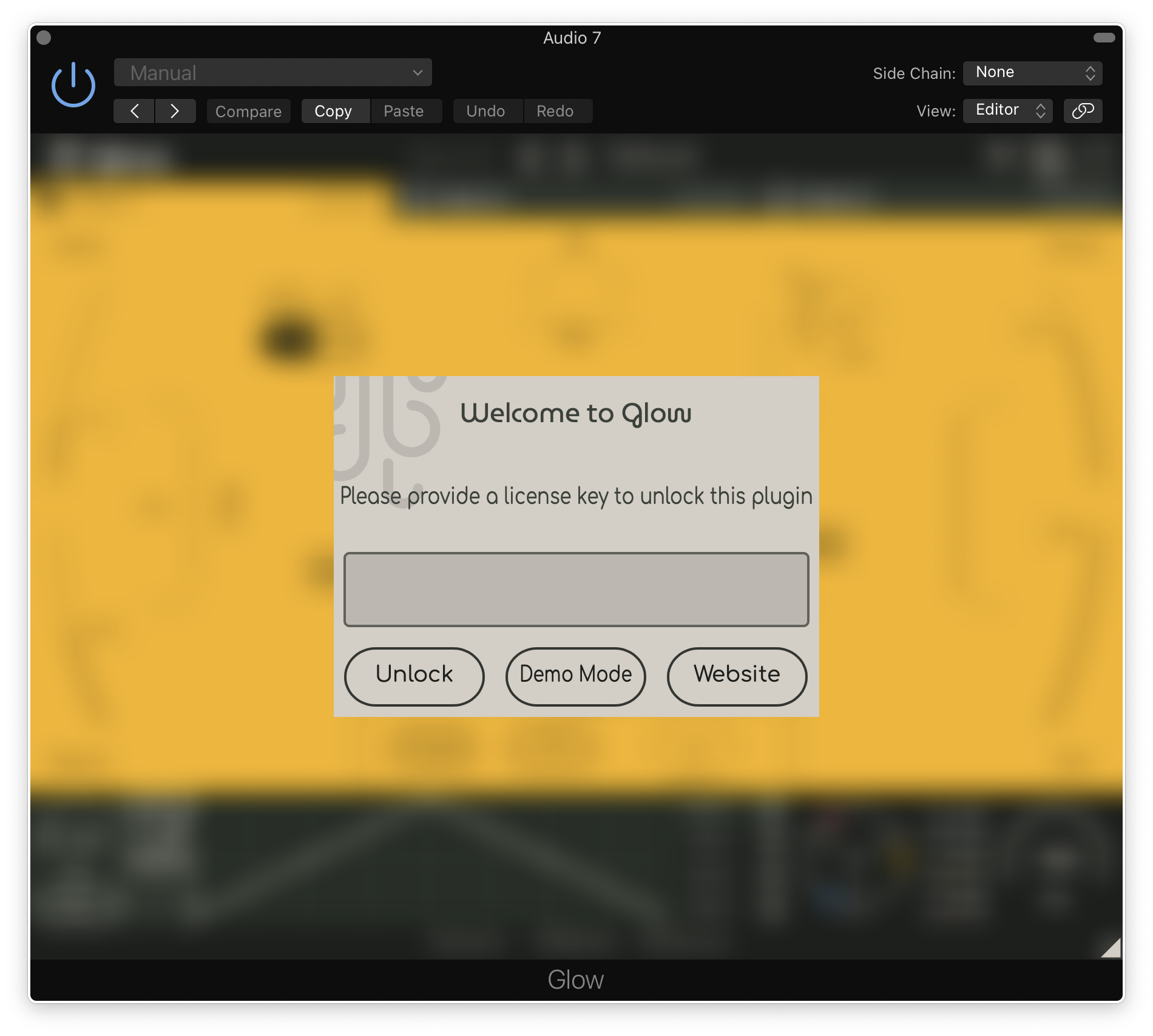
7. Click 'Okay'.
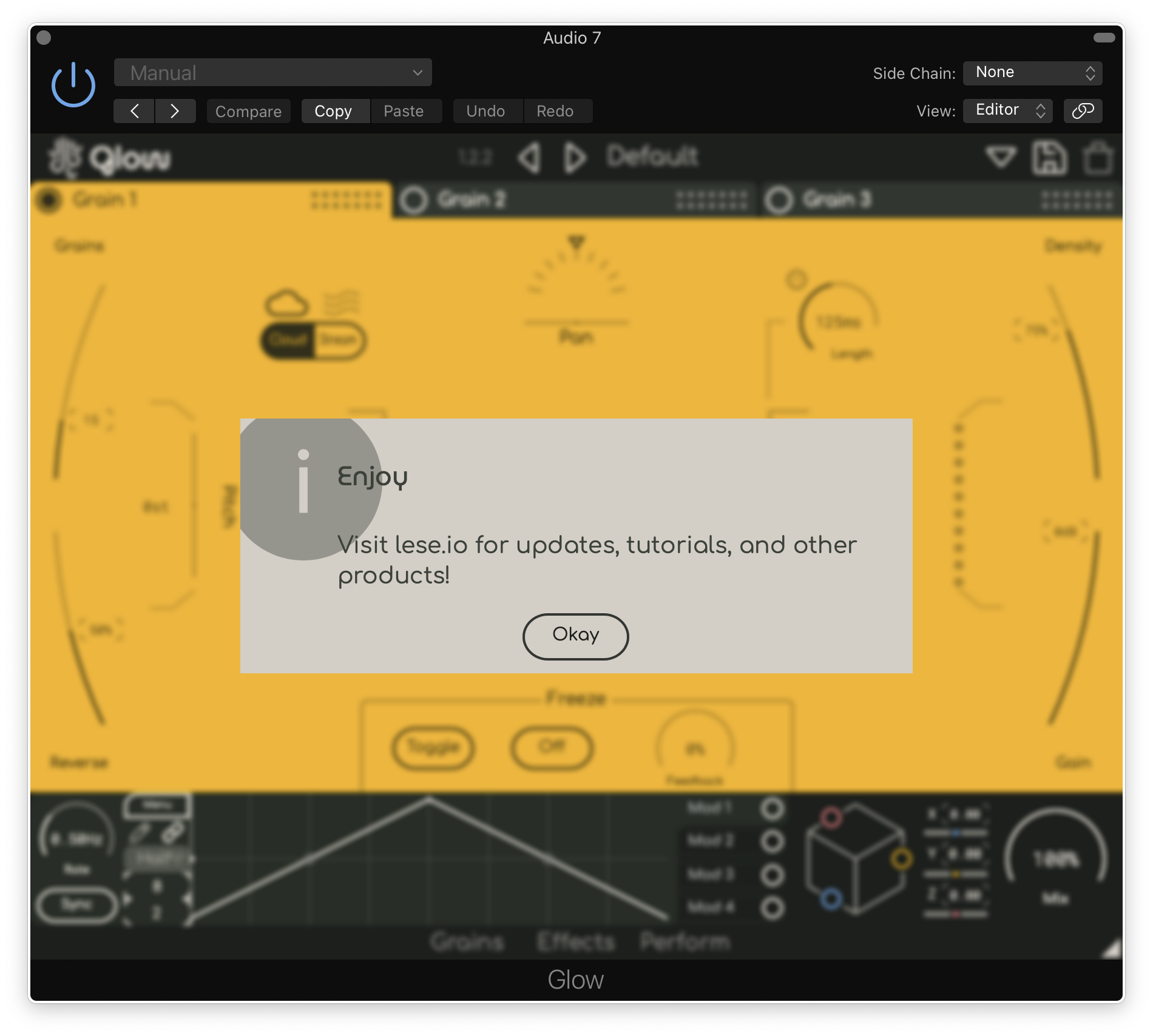
Your software is now activated and ready to be used within your DAW!
